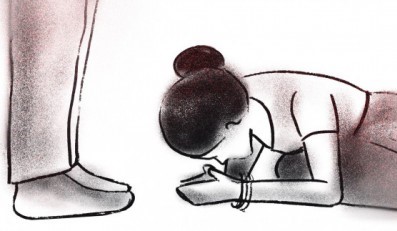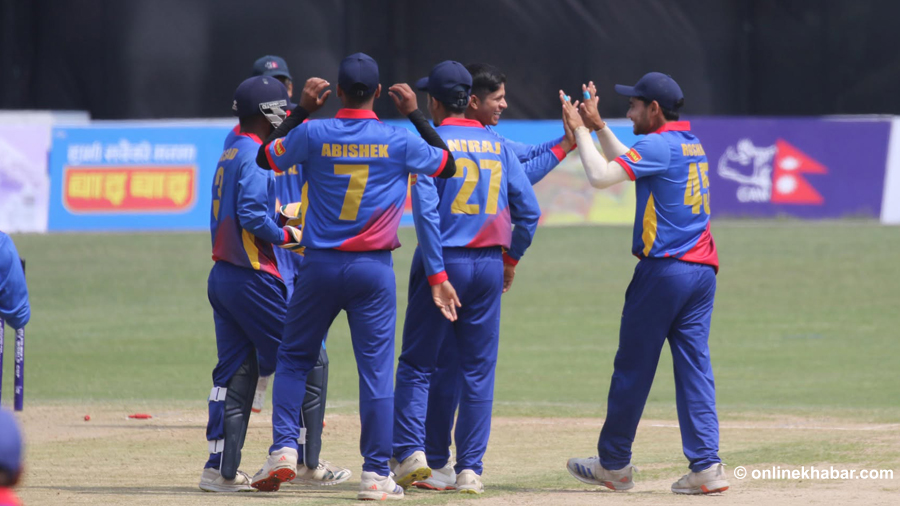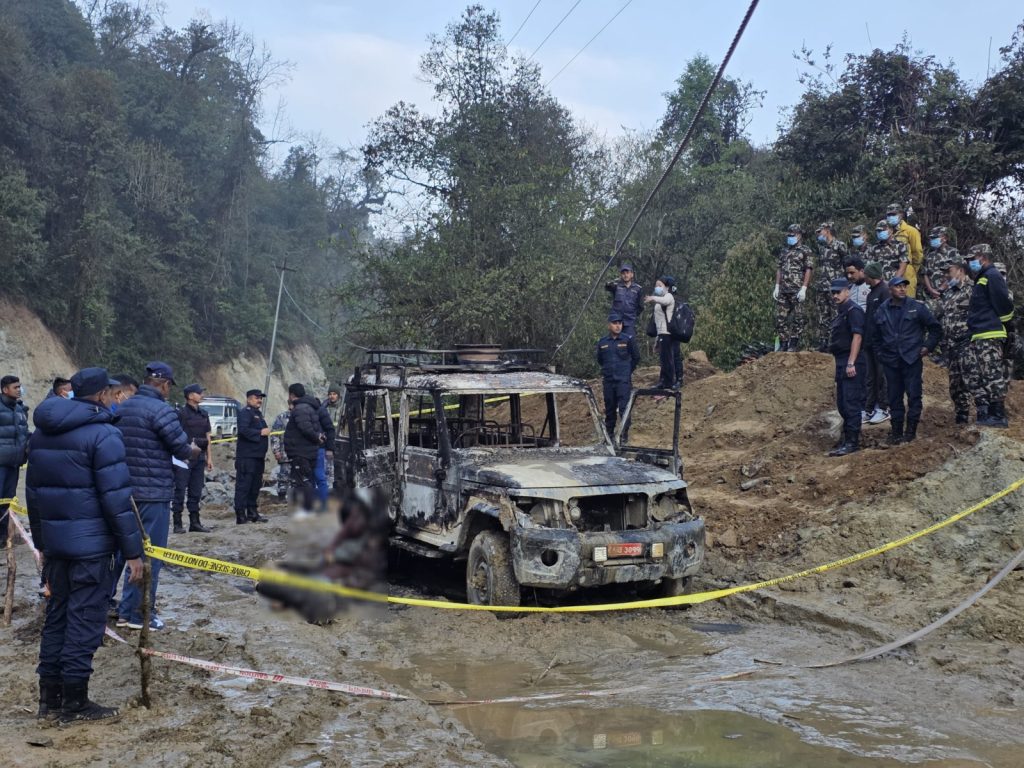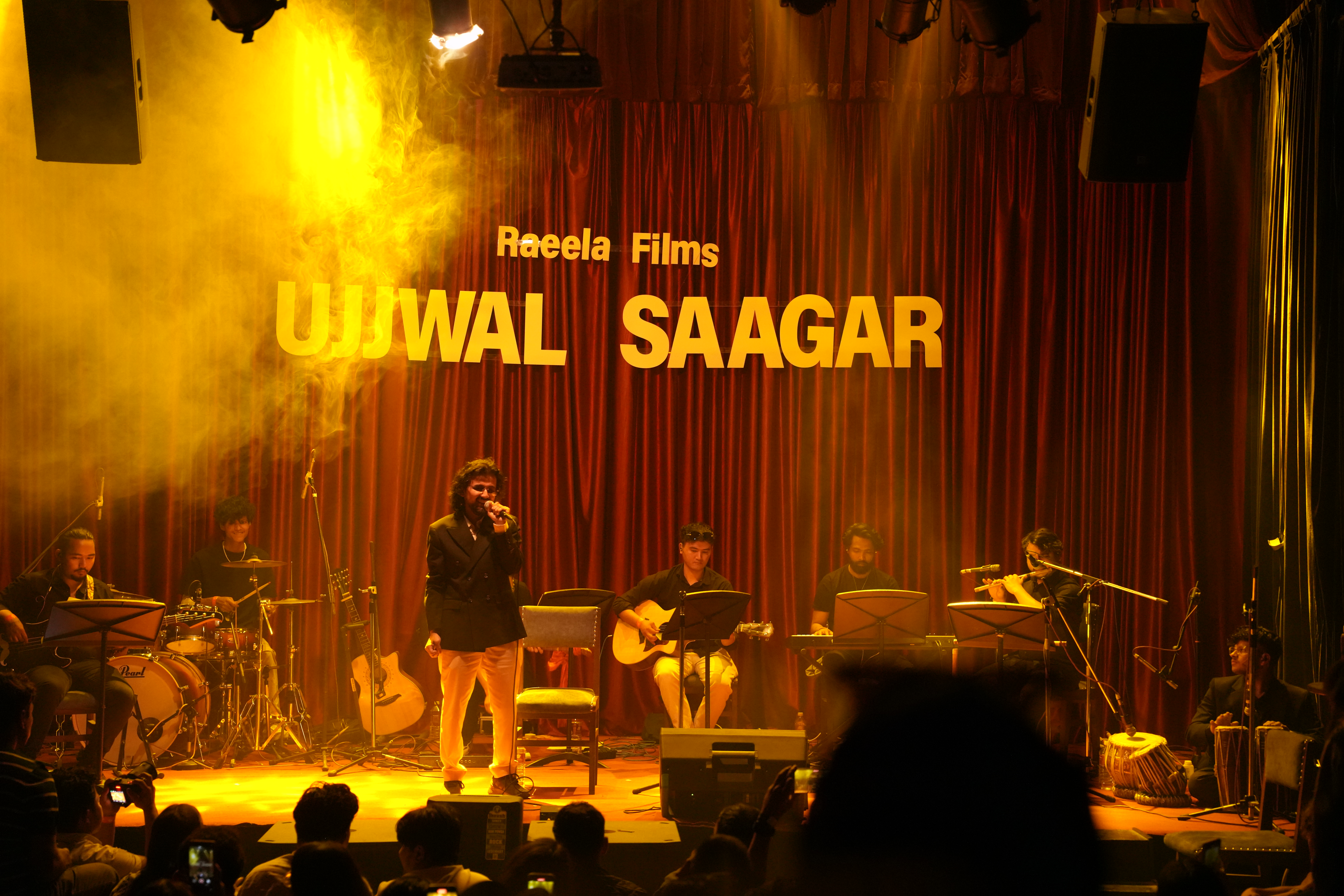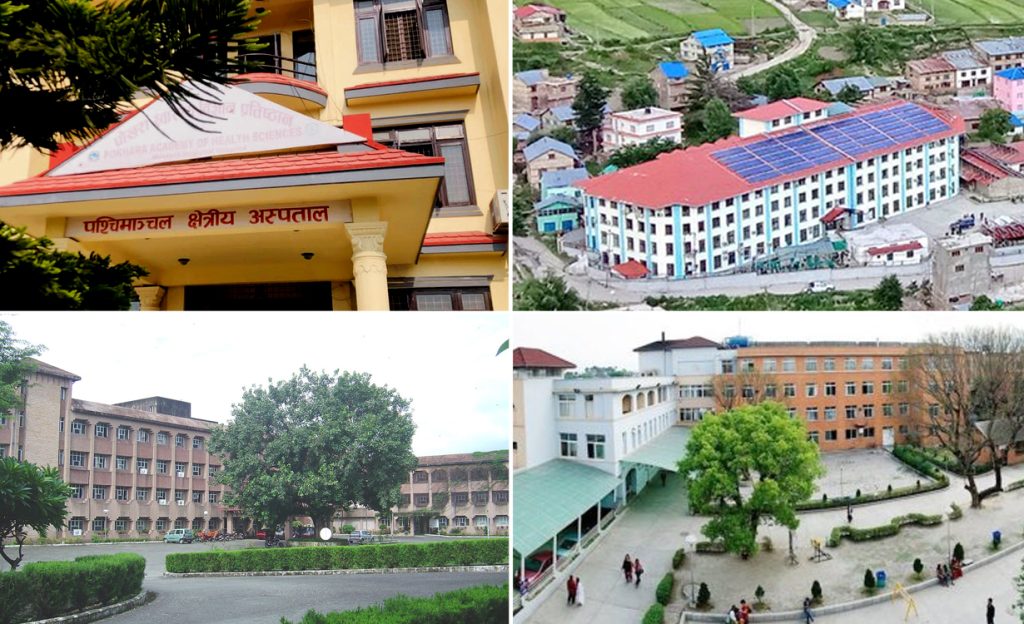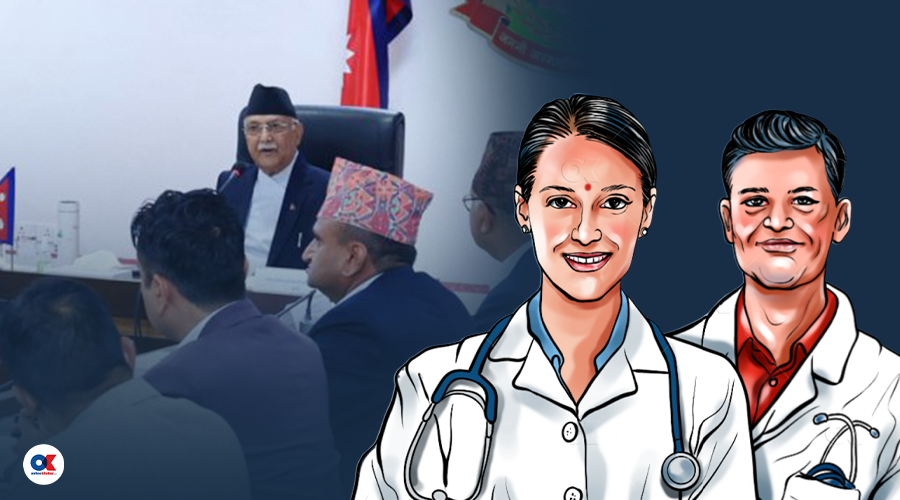Dr Geeta Khadka’s ‘Window to my Heart’ depicts a clear picture of contemporary Nepali society. ‘Window to My Heart’, a memoir by Geeta Khadka, is an account of some of the important events of her life and the reminiscence of her childhood as well as youthful age depicting the contemporary beliefs system, values, customs, traditions, trends, norms as well as the steady change in the socio-cultural system focusing especially in the domination of the women in the family and society.
‘Window to My Heart’ is a part of Telling a Tale, an anthology of 31 Nepali women’s personal stories, compiled and edited by Archana Thapa.
As a local lord’s daughter
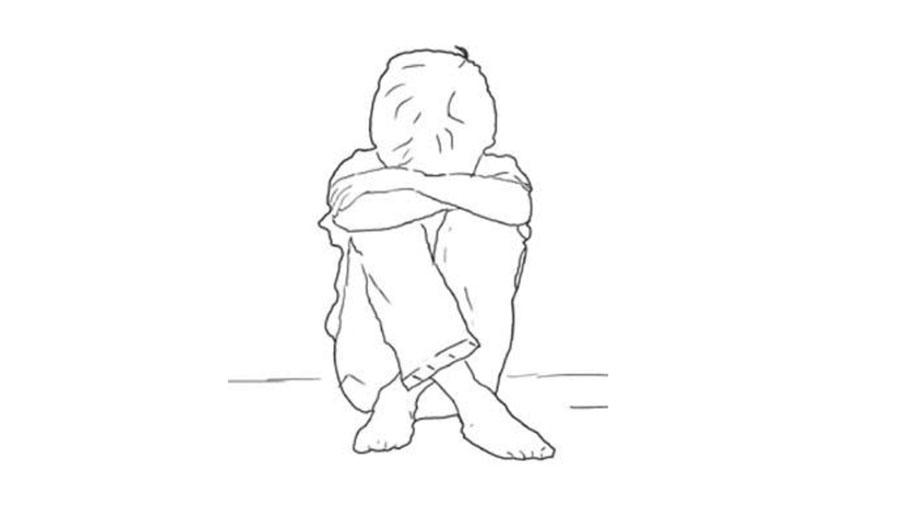
This text has ample features that depict the social, cultural, economic, political, gender, religious, and many other aspects of contemporary Nepali society. At the beginning of the text, Geeta Khadka introduces the audience to her family background. Her father, Jimwal Sahib, had five wives and her mother was the youngest among them.
Khadka was only two years old when her father died. But, she remembers the stories that were attached to him: a man with five wives at home and many more outside. He was a man of big heart who provided well for all around him despite who they were – wives or mistresses.
Likewise, the size of the family was large due to polygamy and the joint family system. Geeta Khadka says her father had 18 children from five wives. Another reason for large family size was the low use or lack of availability of contraceptives. The use of local medications by her mother to abort the pregnancy is good evidence.
In the final section, she describes that her husband Prakash’s house and the members in the family, in-laws, showing it to be extended in nature. As an effect of the large family size, she was smothered with love and affection by her mothers during her childhood. She recalls the landscape and vegetation where she collected fruits and played games with her siblings during her childhood.
Another thing the text deals with is social hierarchy. Her father was the Jimwal Sahib of the Badriya region. He used to wear a carefully pressed and starched Nehru collar coat and a tight suruwal. He looked every inch of what he was: a landowner, a peer of the realm and a nobleman. He always carried a gun and rode a horse. All the photographs she has ever seen are either of him on a horse or an elephant. Gun, horse and elephant were social status symbols.
The writer’s father had a vast property both in Bardiya and Baitadi, which her mother took care of after his demise. Her father was always the powerful, the feared, the hated and the envied. Most of her childhood was spent shuttling between Baitadi to Bardiya. The family spent summers in Baitadi, and winters in Bardia. Year by year, her family and the whole household moved from one place to another. When the time came to set off for the journey, a whole retinue of people followed her family for miles, some crying and some bidding them sad goodbyes.
As an revolutionary lady’s daughter
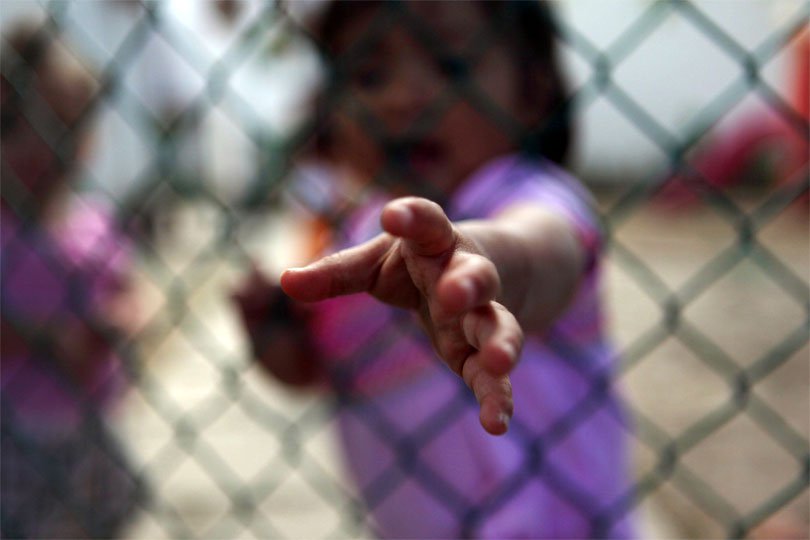
Likewise, while shifting between her homes between Baitadi and Bardiya, some men used to walk, few others rode on horseback, but the women of the family were always carried in the covered palanquins. In the purdah, women were not supposed to be seen and heard for their safety. The women were confined and their personal freedom was curtailed.
It was the writer’s mother who broke all the social barriers and became the first woman in the family to ride on a horse side by side with her husband, sons and other male members of the family. She sought to be the first one to break the purdah system. Women in contemporary Nepali society wore purdah (veil) and they would not mix freely with the opposite sex; it was considered proper for women to restrict their activities to the household.
Another aspect that can be seen is the gender-biased education system. Being fortuned with a good economic and social status, her brothers were sent to study in India. The daughters in those days were merely sent to good English schools; rather most never completed school level. As the opportunity of education for girls was already too low, no one ever dared to dream of sending a daughter to an English school. But, the writer’s mother did not want her youngest daughter to regret being an uneducated woman. Her mother dreamed of enrolling her at a prestigious English school in Lucknow.
There were whispers, silent protests and disbelief at her proposal. She even inquired if other mothers were interested in sending their daughters to the same school with her. However, no one was willing to send their daughter. But, she broke all the social barriers and she became the first woman in the family to support her daughter for a better-educated life. Most probably, many members of the family disliked her idea of educating her daughter, but she was happy to see and hear her talk and walk in English. Later, when Geeta Khadka chose to study over marriage, others commented that she would die a spinster.
As a witness to patriarchal institution of marriage

This text depicts various peculiar systems associated with marriage prevailing in the then society. Firstly, in those days, the girls’ body was inspected before the marriage. During her sister’s wedding, the marriage proposal came from Kathmandu, and with the proposal, a retinue of women came to check the would-be bride.
Her sister was stripped of her clothes and was carefully examined to see if she had any blemishes on her body. She was asked to walk, sit, and wave her hands around to show them that she had no physical defects. Her chin was turned and twisted; her eyes were asked to be opened, shut and rolled around; and her fingernails and toes were properly inspected by those women. With her bowed head, she did what was asked of her.
Secondly, marriage, in general, was arranged whereas love marriage was scornfully seen in the then society. Marriage proposals were sent from the groom side. Women could not decide their marriage. The marriage proposal and the women sent to inspect her sister are the evidence. Likewise, when Geeta Khadka told her family she was in love with a man, she was scornfully seen and it was thought to be a blunder to educate her. Approval of the family members was highly essential on both sides.
Thirdly, there was a custom of early marriage. The girls were thought to be fit for getting married right after the menarche. The writer’s sisters got married at the ages of 14 and 15 respectively and could not study much. The writer’s sister who was at the age of 15 was forced to get married to a stranger who was 12 years older than her. Moreover, the marriage was fixed by the parents of the bride and groom. The bride and groom were not allowed to see, meet and know each other before marriage.
They got married even without getting to know each other, and the opinion of the bride regarding the marriage was not sought or expected. Geeta Khadka shares one of her sisters, who was the prospective bride, had not returned from her maternal home. Therefore there was no other choice but to offer the next daughter, and she dutifully followed the parental instructions and married the guy whom she did not know or perhaps did not like, without any objection as a substitute.
But, the writer’s mother at her deathbed had said to her sons and daughters-in-law to let her (Geeta Khadka) marry anyone she wanted to marry, even a Hippie, a foreigner. Furthermore, the caste system affected social relationships including marriage. Marriage between similar hierarchical statuses was allowed and required. Prakash, the writer’s husband, being a Chhetri boy, was considered lower than the Thakuri hierarchical status. Therefore, her parents had not accepted him at first.
Next is that marriage took place in order from elder to a younger person in the family. It was the custom that younger brothers should not marry before the unmarried older sisters. Therefore, Geeta Khadka and her husband could not marry immediately. Hence, her parents asked her in suspicion if he would really marry her.
Geeta Khadka says that her parents’ home was no longer her home after her marriage.
Lastly, the issue that this text shows is the subordination of women in contemporary Nepali society in various ways and forms. Firstly, polygamy was the existing social evil in contemporary society. Men could have as many wives and mistresses as per their wish. Women could say nothing against their husbands in this regard.
Geeta Khadka mentions her father loved both horses and women and rode them and demanded their obedience. Her father’s authority was over their body, mind and soul. Secondly, women were kept under the purdah while travelling and their individual freedom was denied by society. Thirdly, the women had no say in their family or outside. They were excluded in decision-making.
Women were at the periphery, not at the centre. Women were limited to domestic chores and had to satisfy everyone in the family at the cost of their health, freedom and personal time. Daughters-in-law were like unpaid domestic helpers. Covering the heads with sari, the daughters-in-law used to be busy with cooking, cleaning and serving everyone. To her surprise, she had to do a lot of works at her husband’s house which she had not done at her parental house.
As shown in the memoir, the women were not expected to work outside. Even if they worked out, they had the responsibilities both in and out. Geeta Khadka shares her family experience how she managed to look after her family and children, and then went to Padma Kanya Campus and did the remaining work after coming back from her workplace. She had difficulty in managing her time for PhD as well. Lastly, only a few women were on the high posts and they too rarely received appraisals at work.
In 1984, she joined the Central Department of English in Kirtipur. She was the only woman in the entire department. The peon always addressed her as “Geeta Sir”. Women were not given respect and their work was not recognised as their male counterparts. After her submission of her PhD dissertation, her interview was intentionally delayed without any valid reason, which nearly caused her to miss the scholarship at the University of California.
Moreover, during the meetings and discussions at her office, either she was silent or was invisible. She tried to speak loudly. The younger male members were praised for their work but she was never appreciated for her academic work. She experienced male chauvinism from the high-ranking army officers when she worked as the dean of the institute in Nepal Military Academy.
Dr Geeta Khadka is a former professor at Tribhuvan University from where she has had a masters in English, linguistics, and a PhD in American Studies/Literature. She has served as the dean at the Nepal Military Academy in Kharipati and was also a visiting professor at the Army Command and Staff College in Shivapuri, Kathmandu.
Khadka has been awarded several posts and grants by many international universities, including the Fulbright post-doctoral research scholarship for the interdisciplinary studies programme at Wayne State University, Detroit, USA. She also served as an expert at the orientation on ‘Challenges of a Global Culture: Nepal and Tibet’, a programme jointly organized by Trinity College, Hartford and Boston University held in San Francisco, USA. Khadka was also a visiting professor at the University of California, Santa Barbara and at Drew University. She has also been a research scholar at American Studies Research Center in Hyderabad.
Geeta Khadka has authored many books and written several articles for national and international journals. She has participated in several conferences and seminars at home and abroad.



